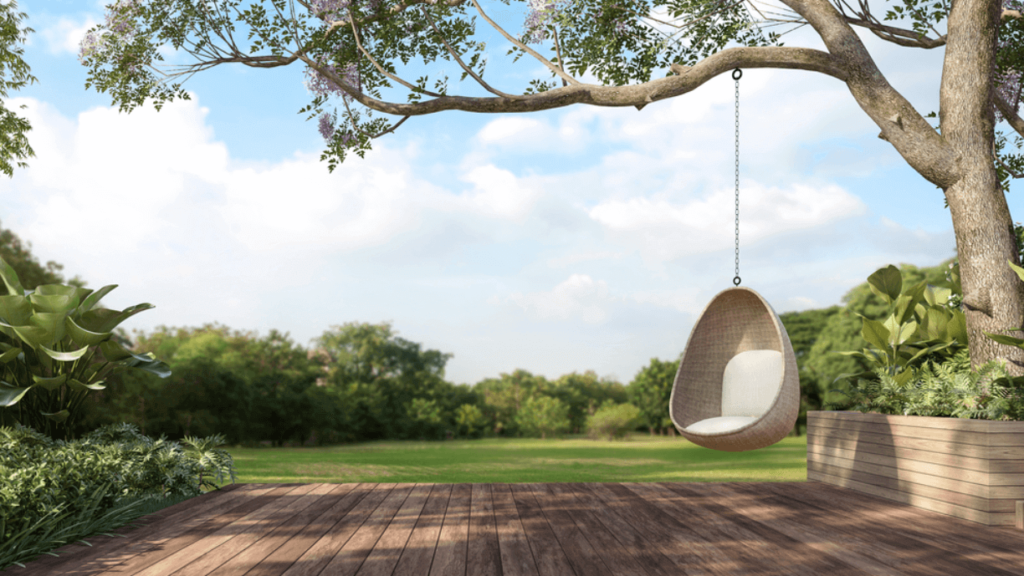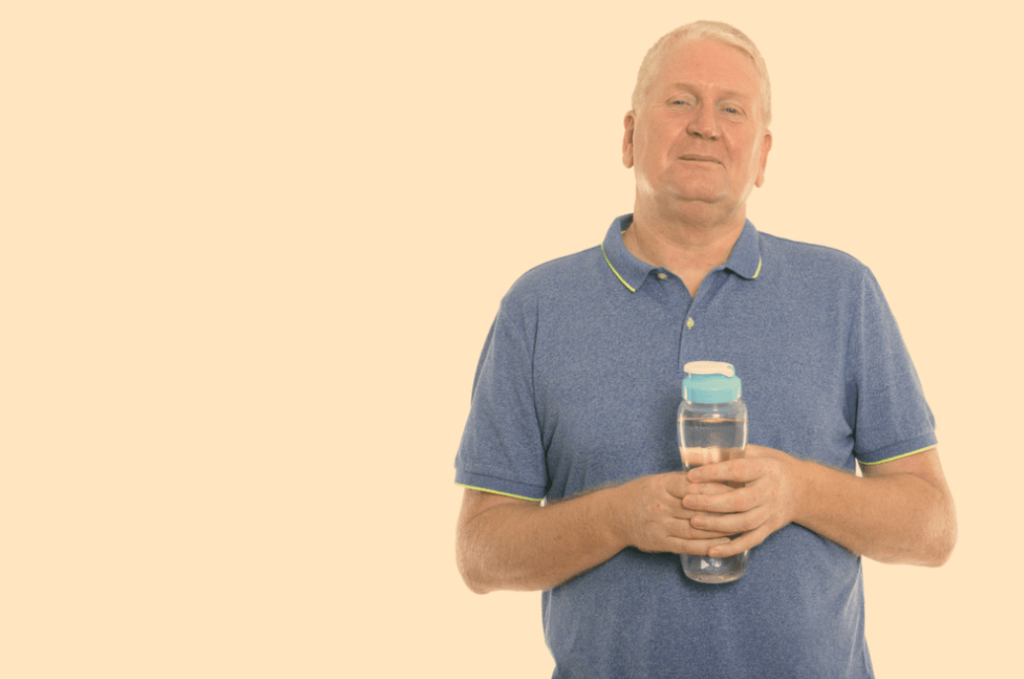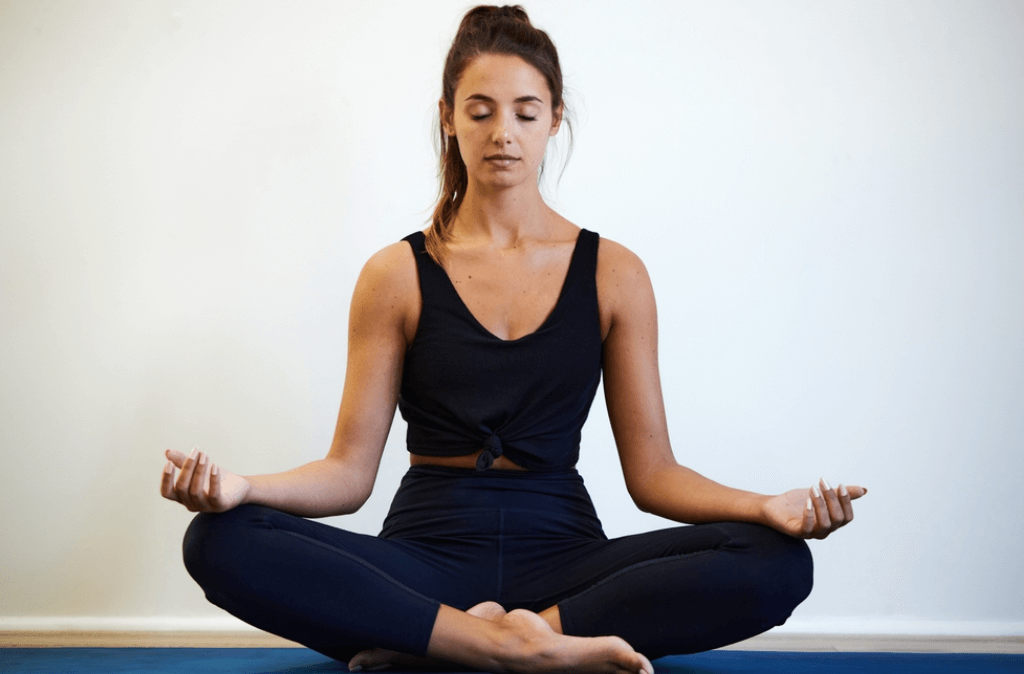Table of Contents
I must emphasize that there is no scientific evidence to support the idea that using a water bottle can effectively stop tinnitus. Tinnitus is a condition characterized by the perception of noise or ringing in the ears, and its causes can vary. If you are experiencing tinnitus, it is essential to consult with a healthcare professional for a proper diagnosis and appropriate treatment.
That being said, using a water bottle for tinnitus is not a recognized or proven method. However, some people may find temporary relief from tinnitus through relaxation techniques or white noise. Here are general steps that may help with relaxation:
Fill a water bottle with warm water
Filling a water bottle with warm water is a simple process. Here are step-by-step instructions:
Select a Clean Water Bottle
Choose a water bottle that is clean and suitable for holding warm liquids. Ensure that the bottle is made of materials that can withstand warm temperatures.
Check for Temperature Compatibility
Before filling the bottle, make sure it is designed to handle warm or hot water. Some bottles may not be suitable for high temperatures and could deform or release harmful substances.
Boil Water
Heat water on a stove or use an electric kettle to bring it to a boil. Allow the water to cool slightly if it is too hot.
Let Water Cool if Necessary
If the water is too hot to touch, let it cool for a few minutes to a temperature that is comfortable for handling.
Use a Funnel (Optional)
If you want to avoid spills, you can use a funnel to pour the warm water into the bottle.
Open the Bottle
Remove the cap or lid of the water bottle to open it.
Pour the Warm Water
Carefully pour the warm water into the water bottle. Take your time to avoid spills.
Leave Space for Expansion
If you’re using a bottle with a tight-fitting lid, leave some space at the top to account for potential expansion of the warm water.
Secure the Lid
Once the water is in the bottle, securely close the lid to prevent leaks.
Check the Temperature
Before using the warm water bottle, check the temperature to ensure it’s comfortable for your intended use.
Find a quiet and comfortable space
Finding a quiet and comfortable space can contribute significantly to relaxation and stress reduction. Here are some tips on how to find or create such a space:

Choose a Secluded Area
Identify a room or area in your home that is less frequented by noise and activity. This might be a spare room, a corner of your bedroom, or any place where you can minimize disturbances.
Use Noise-Canceling Devices
If you’re unable to find a naturally quiet space, consider using noise-canceling headphones or earplugs to block out unwanted sounds.
Select a Time of Day
Pick a time of day when ambient noise is generally lower. Early mornings or late evenings might be quieter, depending on your location.
Close Windows and Doors
Ensure that windows and doors are closed to minimize external sounds. Use heavy curtains or blinds to help reduce noise from outside.
Turn Off Electronic Devices
Power down or put electronic devices on silent mode to eliminate potential distractions and noises. This includes phones, computers, and televisions.
Communicate with Others
Inform people around you about your need for a quiet space and ask for cooperation. This might involve letting family members, roommates, or colleagues know when you need some quiet time.
Create a Relaxing Atmosphere
Add elements that promote relaxation, such as comfortable seating, soft lighting, or soothing decor. Make the space inviting and conducive to tranquility.
Consider Outdoor Spaces
If possible, find a quiet spot in nature, like a garden or a park. The sounds of nature can be calming, and outdoor spaces may offer a serene environment.
Use White Noise
If complete silence is challenging to achieve, consider using white noise machines or apps to create a consistent, soothing background sound that can mask other noises.
Establish a Routine
Establish a routine for using your quiet space. Consistency can help signal to your mind and body that it’s time for relaxation.
Close your eyes
Closing your eyes is a simple and natural action. Here’s a step-by-step guide:
Find a Comfortable Position
Sit or lie down in a comfortable position. Make sure you are relaxed and not feeling any tension in your body.
Relax Your Facial Muscles
Take a moment to consciously relax your facial muscles. Unclench your jaw, and let your forehead and eyebrows relax.
Take a Deep Breath
Inhale deeply through your nose, filling your lungs with air. Allow your chest and abdomen to expand as you breathe in.
Exhale Slowly
Exhale slowly and completely through your mouth or nose. Focus on releasing any tension as you breathe out.
Close Your Eyes Gently
With a calm and gentle motion, close your eyes. Don’t squeeze them shut; instead, let your eyelids close naturally.
Ensure Comfort
Make sure your eyelids are comfortable, not too tight or too loose. Adjust the position if needed.
Continue Breathing
Maintain a steady and relaxed breathing pattern. Inhale and exhale slowly, allowing your breath to deepen.
Focus on Relaxation
As your eyes are closed, shift your attention inward. Concentrate on relaxing different parts of your body, starting from your toes and moving up to your head.
Mindfulness Meditation (Optional)
If you’re practicing meditation, you can shift your focus to your breath or a point of concentration. Allow your mind to settle into a state of mindfulness.
Enjoy the Moment
Allow yourself to enjoy the sensation of having your eyes closed. Take a few moments to simply be present and relax.
Hold the water bottle with both hands
Holding a water bottle with both hands is a straightforward task. Here’s a simple guide:

Stand or Sit Comfortably
Find a comfortable standing or sitting position. Ensure that you have good posture to prevent strain.
Hold the Water Bottle
Pick up the water bottle with one hand, placing your fingers around the body of the bottle. Your thumb can be on one side, and your fingers on the other.
Support with the Other Hand
Use your other hand to support the water bottle. Place the fingers of your second hand opposite to the fingers of your first hand. Your hands should create a balanced and secure grip.
Adjust Grip if Needed
Make any necessary adjustments to ensure a comfortable and secure hold. You can experiment with the placement of your fingers to find the grip that feels best for you.
Check for Stability
Ensure that the water bottle is stable in your hands. Your grip should be firm enough to hold the bottle securely but not so tight that it becomes uncomfortable.
Maintain a Neutral Wrist
Keep your wrists in a neutral position to avoid strain. Avoid bending your wrists too much in any direction.
Check Hand Placement
Make sure both hands are placed evenly on the water bottle, providing equal support. This will help distribute the weight and prevent the bottle from tipping.
Lift the Bottle if Needed
If you need to lift or drink from the bottle, maintain your grip with both hands. Lift the bottle slowly and smoothly to avoid spills.
Be Mindful of Size and Weight
Consider the size and weight of the water bottle. If the bottle is large or heavy, you may need a more secure grip.
Adjust for Comfort
Always prioritize comfort. If you feel any discomfort or strain, adjust your grip or take breaks as needed.
Focus on your breathing
Focusing on your breathing is a fundamental aspect of mindfulness and meditation. Here’s a step-by-step guide to help you focus on your breath:
Find a Quiet Space
Choose a quiet and comfortable place where you won’t be easily disturbed. Sit or lie down in a relaxed position.
Assume a Comfortable Posture
Sit with your back straight, shoulders relaxed, and hands resting on your lap. If you’re lying down, keep your body in a comfortable and supported position.
Close Your Eyes (Optional)
Closing your eyes can help minimize external distractions and allow you to turn your attention inward. If you prefer, you can also keep your eyes open with a soft gaze.
Take a Few Deep Breaths
Inhale slowly through your nose, allowing your lungs to fill with air. Exhale gently through your mouth or nose. Repeat this process a few times to help you relax.
Focus on the Sensation of Breath
Direct your attention to the natural flow of your breath. Notice the sensation of the air as it enters and leaves your nostrils or the rise and fall of your chest and abdomen.
Be Present
Keep your mind focused on the present moment. If your thoughts wander, gently bring your attention back to your breath without judgment.
Count Your Breaths (Optional)
Some people find it helpful to count their breaths to maintain focus. For example, count “one” on the inhale, “two” on the exhale, and so on, up to a count of ten. Then start again.
Observe Without Judgment
As you breathe, observe the sensations without judging them. If your mind starts to wander, acknowledge it without frustration and gently guide your focus back to your breath.
Notice the Rhythm
Pay attention to the natural rhythm of your breath. It may be helpful to notice the pauses between breaths as well.
Practice Regularly
Focusing on your breathing is a skill that improves with practice. Set aside time each day for mindfulness or meditation to strengthen your ability to stay present with your breath.
Relax your body
Relaxing your body is an essential component of stress reduction and overall well-being. Here’s a step-by-step guide to help you relax your body:

Find a Quiet Space
Choose a quiet and comfortable place where you won’t be easily disturbed. This could be a room, a comfortable chair, or even a quiet outdoor space.
Assume a Comfortable Posture
Sit or lie down in a comfortable position. If you’re sitting, ensure that your back is straight, shoulders are relaxed, and your feet are flat on the floor. If lying down, find a position that supports your body.
Close Your Eyes (Optional)
Closing your eyes can help reduce external distractions and facilitate a greater sense of inward focus. If you prefer, keep your eyes open with a soft gaze.
Take Deep Breaths
Inhale slowly through your nose, allowing your lungs to fill with air. Exhale gently through your mouth or nose. Repeat this deep-breathing process several times to help calm your nervous system.
Progressive Muscle Relaxation (PMR)
Tense and then relax each muscle group sequentially. Start with your toes, then move to your feet, legs, and so on, working your way up to your head. Tense each muscle group for a few seconds and then release the tension, focusing on the sensations of relaxation.
Mindful Breathing
Bring your attention to your breath. Focus on the sensation of the breath as you inhale and exhale. Be mindful of the rise and fall of your chest or the sensation of the air passing through your nostrils.
Scan Your Body
Mentally scan your body from head to toe. Notice areas of tension or discomfort. As you identify these areas, consciously release tension and let go of stress.
Visualize Calm Scenes
Imagine yourself in a peaceful and serene environment. Picture the details of this place, such as the sights, sounds, and sensations. Visualization can help shift your focus away from stressors.
Use Relaxation Techniques
Explore different relaxation techniques, such as guided imagery, meditation, or listening to calming music. Find what works best for you and incorporate it into your routine.
Practice Regularly
Relaxation is a skill that improves with practice. Make it a habit to incorporate relaxation techniques into your daily or weekly routine to promote overall well-being.
Use white noise if desired
Using white noise can be helpful for creating a soothing background sound that masks other noises and promotes relaxation. Here’s how you can use white noise:
Choose a White Noise Source
Decide on the source of your white noise. This could be a dedicated white noise machine, a white noise app, or other sources like a fan, air purifier, or even a running water fountain.
Select the Right Sound
White noise comes in various forms, such as pure white noise, nature sounds, or ambient sounds. Choose a sound that you find calming and suits your preferences.
Adjust the Volume
Set the volume to a level that is comfortable for you. It should be loud enough to mask distracting noises but not so loud that it becomes intrusive or causes discomfort.
Place the Source Strategically
Position the white noise source strategically in your environment. If using a machine or app, place it in a location where the sound can evenly distribute throughout the space.
Use Headphones (Optional)
If you’re in a situation where you can use headphones, consider using them for a more personalized and immersive white noise experience. Be mindful of the volume to avoid hearing damage.
Experiment with Different Sounds
Explore different white noise options to find what works best for you. Some people prefer the sound of rain, ocean waves, or a simple hum. Experiment and discover what helps you relax.
Combine with Other Relaxation Techniques
Incorporate white noise into other relaxation techniques, such as deep breathing or meditation. The combination of calming sounds and focused attention can enhance the relaxation effect.
Use During Sleep
White noise can be particularly useful for promoting a restful night’s sleep. If using it at bedtime, set a timer or let it play continuously throughout the night.
Adapt to Different Environments
Use white noise in various settings, such as at home, in the office, or during travel. Having a consistent background noise can create a familiar and calming environment wherever you are.
Turn Off When Not Needed
While white noise can be beneficial, it’s essential to turn it off when not needed. Allow yourself periods of quiet to avoid becoming overly reliant on constant background noise.
Practice mindfulness or meditation
Practicing mindfulness or meditation can have numerous benefits for your mental and emotional well-being. Here’s a step-by-step guide to help you get started:
Find a Quiet Space
Choose a quiet and comfortable place where you won’t be easily disturbed. It could be a designated meditation space or simply a calm corner of a room.
Assume a Comfortable Posture
Sit or lie down in a comfortable position. If sitting, keep your back straight, shoulders relaxed, and hands resting on your lap or knees. If lying down, ensure that your body is supported and aligned.
Close Your Eyes (Optional)
Closing your eyes can help minimize external distractions and encourage inward focus. If you prefer, you can also keep your eyes open with a soft gaze, especially if you’re practicing mindfulness in everyday activities.
Focus on Your Breath
Direct your attention to your breath. Notice the sensation of the breath as you inhale and exhale. Pay attention to the rise and fall of your chest or the feeling of the air passing through your nostrils.
Be Present
As you focus on your breath, be fully present in the moment. If your mind starts to wander (which is normal), gently bring your attention back to your breath without judgment.
Mindful Observation (Optional)
If practicing mindfulness, observe your thoughts, feelings, and sensations without attachment or judgment. Simply acknowledge them and let them pass.
Guided Meditation (Optional)
Consider using guided meditation recordings or apps. These provide spoken instructions to guide you through various aspects of mindfulness or meditation, helping you stay focused.
Body Scan Meditation
Scan your body from head to toe, paying attention to each part. Release tension and relax any areas of tightness or discomfort as you bring your awareness to them.
Mantras or Affirmations (Optional)
If you find it helpful, repeat a mantra or affirmation silently or aloud. This can help focus your mind and promote positive thoughts.
Set a Time Limit
Decide on the duration of your meditation session. Whether it’s 5 minutes or 30 minutes, setting a time limit can help you stay committed to your practice.
Gradual Progression
If you’re new to meditation, start with shorter sessions and gradually extend the duration as you become more comfortable with the practice.
Be Kind to Yourself
Mindfulness and meditation are skills that develop over time. Be patient with yourself, and avoid self-criticism. The goal is not to eliminate thoughts but to cultivate a non-judgmental awareness.
Incorporate into Daily Routine
Make mindfulness or meditation a regular part of your daily routine. Consistency is key to experiencing the long-term benefits.
Stay hydrated
Staying hydrated is essential for maintaining overall health and well-being. Here are some tips to help you stay hydrated throughout the day:
Drink Water Regularly
Make it a habit to drink water consistently throughout the day. Carry a reusable water bottle with you to make it more convenient.
Set Reminders
Use phone alerts or other reminders to prompt you to drink water at regular intervals. This is especially helpful if you tend to forget to hydrate.
Start Your Day with Water
Drink a glass of water as soon as you wake up in the morning. This helps kickstart your metabolism and rehydrate your body after a night’s sleep.
Replace Sugary Drinks
Substitute sugary beverages like sodas and energy drinks with water. Water is calorie-free and a much healthier option.
Flavor Your Water
If plain water is unappealing, add natural flavors by infusing your water with slices of fruits, vegetables, or herbs like lemon, cucumber, mint, or berries.
Monitor Your Urine Color
Pay attention to the color of your urine. Light yellow or pale straw color generally indicates proper hydration, while dark yellow may suggest dehydration.
Drink Before Meals
Have a glass of water before each meal. It not only helps with hydration but can also contribute to better portion control during meals.
Eat Water-Rich Foods
Include fruits and vegetables with high water content in your diet, such as watermelon, cucumber, oranges, and celery.
Hydrate During Exercise
Drink water before, during, and after exercise to replace fluids lost through sweating. The amount of water needed can vary depending on the intensity and duration of your workout.
Carry a Water Bottle
Keep a water bottle with you wherever you go. This makes it easy to sip water throughout the day, whether you’re at work, running errands, or exercising.
Listen to Your Body
Pay attention to your body’s signals for thirst. If you feel thirsty, it’s a sign that your body needs hydration.
Limit Caffeine and Alcohol
Both caffeine and alcohol can contribute to dehydration, so consume them in moderation and balance with adequate water intake.
Hydrate in Hot Weather
In hot or humid weather, increase your water intake to compensate for additional fluid loss through sweating.
Have Water Breaks
Schedule short breaks during your day specifically for drinking water. This can be especially helpful if you have a busy schedule.
Consult a healthcare professional
Consulting a healthcare professional is an important step in addressing health concerns or seeking medical advice. Here’s a guide on how to go about it:

Primary Care Physician
If you have a primary care physician (PCP), start by scheduling an appointment with them. Your PCP is usually the first point of contact for general health concerns.
Health Insurance Information
Check your health insurance details to understand your coverage and network of healthcare providers. This can impact the cost of your consultation.
Schedule an Appointment
Contact your healthcare provider’s office to schedule an appointment. You may be able to do this by phone, through an online patient portal, or by visiting the office in person.
Provide Relevant Information
Prepare a list of symptoms, questions, and any relevant information about your health history. This will help the healthcare professional better understand your situation.
Be Honest and Open
During the appointment, be open and honest about your symptoms, concerns, and any lifestyle factors that may be relevant to your health.
Ask Questions
Don’t hesitate to ask questions about your condition, treatment options, and any concerns you may have. Understanding your health is a crucial part of the process.
Follow Recommendations
If the healthcare professional recommends further tests, treatments, or consultations with specialists, consider following through with their recommendations for a comprehensive assessment.
Seek Second Opinion (Optional)
If you are uncertain about a diagnosis or treatment plan, you have the right to seek a second opinion from another healthcare professional.
Specialist Referral (if needed)
If your condition requires specialized care, your primary care physician may refer you to a specialist. Specialists have expertise in specific areas of medicine.
Maintain Communication
Keep your healthcare provider informed about any changes in your condition or if you have concerns about your treatment plan. Regular communication is essential for effective healthcare.
Emergency Situations
If you have a medical emergency, call emergency services or go to the nearest emergency room immediately.
Telehealth Options
Explore telehealth options, especially if your situation allows for remote consultations. Many healthcare providers offer virtual appointments.
Follow-Up Appointments
Attend any follow-up appointments recommended by your healthcare provider. These appointments are essential for monitoring your progress and adjusting your treatment plan if necessary.
conclusion
In conclusion, alleviating tinnitus with a water bottle involves a simple yet effective 10-step process. By incorporating these easy steps into your daily routine, you can potentially find relief from the persistent ringing or buzzing in your ears. However, it’s essential to approach this method with an open mind and consult with a healthcare professional for personalized advice. While a water bottle may offer relief for some, individual experiences with tinnitus vary, and alternative solutions or medical interventions may be necessary for others. Always prioritize your health and seek professional guidance to ensure a holistic and safe approach to managing tinnitus.
for more blogs visit our website bottlemore.com
